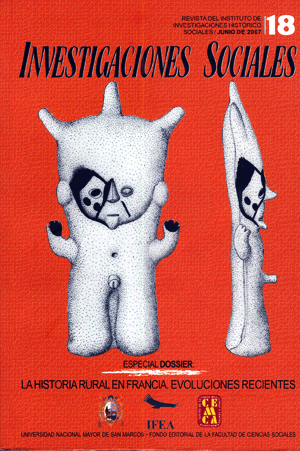Espacios y prácticas rituales en Cerro Lampay (2400-2200 a.C.)
DOI:
https://doi.org/10.15381/is.v11i18.7087Keywords:
Late Archaic Period, North Central Coast, Architectural Design, Spatial Structure, Spatial Perception.Abstract
Current data from the site of Cerro Lampay (an architectural compound of the Late Archaic Period) provide new insights on the architectural design that characterizes the early complex societies of the north central coast. Excavations at this site have provided a detailed record of the major traits that can be found in a typical architectural compound that correspond to the Late Archaic Period in this region. The analysis of the spatial structure and the sensorial experience of the architecture of Cerro Lampay suggest a scenario of a human community in which leaderships were emerging whereas dual principles of social organization were also appearing. The results of these analyses are compared with recent finds on other neighboring sites such as Caral, in order to propose new perspectives to understand the rise of social complexity in the Central Andes.Downloads
Published
Issue
Section
License
Copyright (c) 2007 Rafael Centeno Sara-Lafosse

This work is licensed under a Creative Commons Attribution-NonCommercial-ShareAlike 4.0 International License.
AUTHORS RETAIN THEIR RIGHTS:
a. Authors retain their trade mark rights and patent, and also on any process or procedure described in the article.
b. Authors retain their right to share, copy, distribute, perform and publicly communicate their article (eg, to place their article in an institutional repository or publish it in a book), with an acknowledgment of its initial publication in Investigaciones Sociales.
c. Authors retain theirs right to make a subsequent publication of their work, to use the article or any part thereof (eg a compilation of his papers, lecture notes, thesis, or a book), always indicating the source of publication (the originator of the work, journal, volume, number and date).













